One size does not fit all
Fact 1: According to the National Gardening Association’s (NGA) 2001 National Gardening Survey — a study of consumer gardening practices, trends and product sales — eight out of 10 U.S. households, or 85 million households, participated in one or more types of do-it-yourself indoor and outdoor lawn and garden activities last year.
Fact 2: Forty-five million of these households purchased some form of garden tools, up from 30 million five years ago.
Fact 3: Any garden center manager knows that the majority of their customers are women. According to Loren Lum, vice president of sales and marketing for Garden Pals, $33.5 billion is spent on gardening purchases per year, with 70-80 percent of those purchases made by women.
Fact 4: According to the Administration on Aging, people 65-plus represented 12.4 percent of the population in the year 2000, but that figure is expected to grow to be 20 percent of the population by 2030. A boom in new retirees means more consumers with free time and is a possible indicator that garden centers may be seeing this sector in growing numbers.
To put it all together, what we’ve got here is a very large and growing group of women and seniors with their hands in the dirt who need tools designed for their special needs. Many manufacturers are responding by creating such tools — in colors that traditionally appeal to women and in sizes more appropriate for women’s and seniors’ smaller frames.
Women are not men
“One thing that’s clear is that when somebody takes up the [gardening] activity, they’ve got to buy the tools,” says Bruce Butterfield, market research director for NGA. “Driving the market is increased participation in various types of lawn and garden activities. Having said that, the one thing I find interesting is that all of the gardening activities are much more popular with women, while the maintenance activities — lawn, tree and shrub care and insect control — seem to be where the gender line is drawn. Men do more of the maintenance, and women do more of the gardening.” Furthermore, he adds, one size does not fit all where gardening tools are concerned.
With this information in hand, what does your tool department look like? Garden tools have traditionally been designed for men and can often be too large and unwieldy for women’s smaller frames. The repetitive motions involved when using garden tools can also exacerbate such medical conditions as carpal tunnel syndrome and arthritis.
Are you carrying tools made specifically for the ones who most frequently patronize your store? Before you decide on the products to stock your shelves with, make sure you do your research; painting a trowel pink that’s been designed for men will not make it any easier on a woman’s back or wrists.
Mira Loma, Calif.-based Garden Pals conducted research from late 1997-98 using consumer focus groups, Internet surveys, market surveys, large garden clubs and American Arthritis Foundation testing labs to discern what female gardeners were looking for in a gardening tool. Of the 2,500 women surveyed, here’s what they found out:
*Women were most concerned with the size, weight, grip, cutting potential, color and operating ease of hand cutting tools.
*Bypass pruners — featuring two blades with scissor action for general plant and floral pruning — were used most often, with most people owning 3-5 pairs; lopping shears with bypass blades were the next most-popular type, used for bushes, shrubs and small trees.
Complaints included:
*Most of the hand pruners on the market required a grip that was too large for the average woman’s hand;
*blades were rusting;
*they needed to be able to operate the tools with either the left or right hand;
*handles were too hard;
*broken fingernails;
*with most tool handles colored green, they were difficult to find in the lawn;
*hand stress and fatigue after repetitive use; and
*tools were hard to grip.
With a better understanding of what women and seniors needed, Garden Pals unveiled a line for women that featured a smaller-scaled, lightweight design in attractive colors that could be easily found if dropped in the grass or garden. Their pruners, including Bypass Pruners, All-Purpose Needle-Nose Pruners and Houseplant/Bonsai Pruning Shears, have all received commendation from the American Arthritis Foundation (www.gardenpals.com).
Another manufacturer, Earth Bud-Eze, Forest Lake, Minn., has taken a different approach that is based on accommodating many of the complaints identified by Garden Pals, with one extra feature: Their tools are constructed to utilize the larger, stronger muscles of the body. “We have a vertical handle and a soft, lower-arm cuff, so what you’re doing is taking the strain off the smaller, weaker muscles of the hands and wrists and allowing your shoulder and upper arm muscles to do the work for you,” explains President and CEO Patricia Greene. In talking to ergonomists, this company discovered that you can achieve 2-3 times the power and endurance by recruiting these larger muscles. The Earth Bud-Eze line includes a cultivator, trowel, v-hoe, shrub rake, pruning saw and carpenter saw — all in a bright, easy-to-locate yellow color (www.earthbudeze.com).
Karen Richwine of Ames Tru-Temper, Camp Hill, Pa., thinks that marketing tools specifically for women could be “patronizing.” The alternative: the Earth Tools line, which consists of five tools that are slightly smaller than full-size with smaller heads and an ergonomic grip. The color is the same as other gardening tools. “We don’t specifically target women in a direct way. Women make up a large percent of our buyers and users, but I think tools just need to be designed for people that have smaller hands and the unique features that perhaps smaller people need, including seniors,” she explains.
Tool tutorial
Just as with plants, there are many consumers out there who don’t know the first thing about garden tools. Therein lies your opportunity to educate your customers and become a valuable resource for their gardening needs. You probably shouldn’t recommend a short-handled pair of pruning shears to a 5-foot-tall woman; excessive reaching could cause her to strain her back. “You really need to look for balance and the way the tool comes together,” suggests NGA’s Butterfield, for retailers investigating tools for women. “Even though they’re simple machines, it’s amazing just what fine tuning can do.” For example, Butterfield says that if people would take a flat file and put an edge on their spade or Á pointed shovels, they could make their tools much more effective at cutting through soil and roots. Less effort equals less strain. “Sell a flat file right next to where the shovels, hoes and spades are sold; people will know that they should sharpen these items. [Retailers] could also present a sample of a tool that’s sharpened with signage explaining why it’s important to sharpen these tools,” he suggested.
As with any group of new products, it’s difficult to separate the chaff from the wheat without the test of time (or a study by Consumer Reports). Does creating a lighter tool compromise structural integrity? Will women buy into it or will they associate lavender pruners with something only Barbie could use? Part of selling these products is in packaging and marketing, but part of it is up to you: Tell your female and senior customers why these tools may be better for their health — their wrists and backs may thank you later.

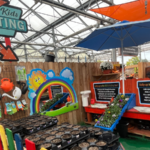

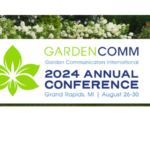

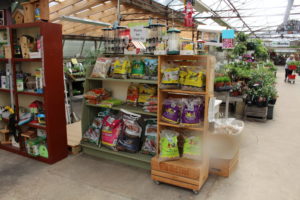
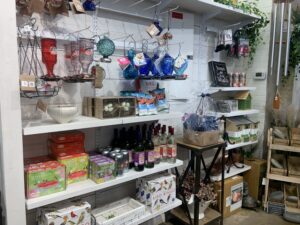
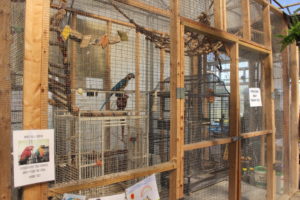
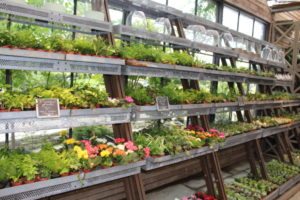
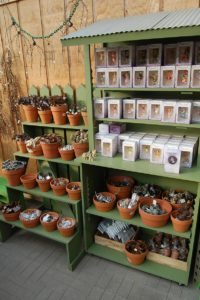
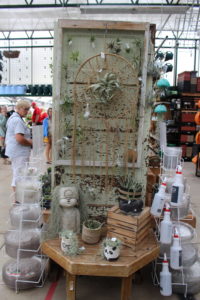
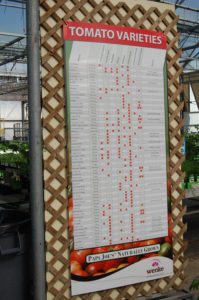
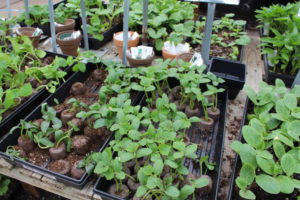

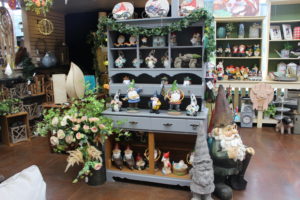
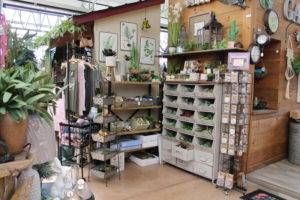
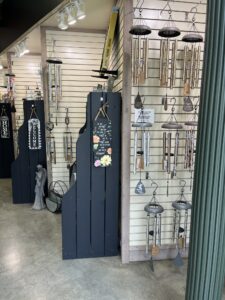
 Videos
Videos





